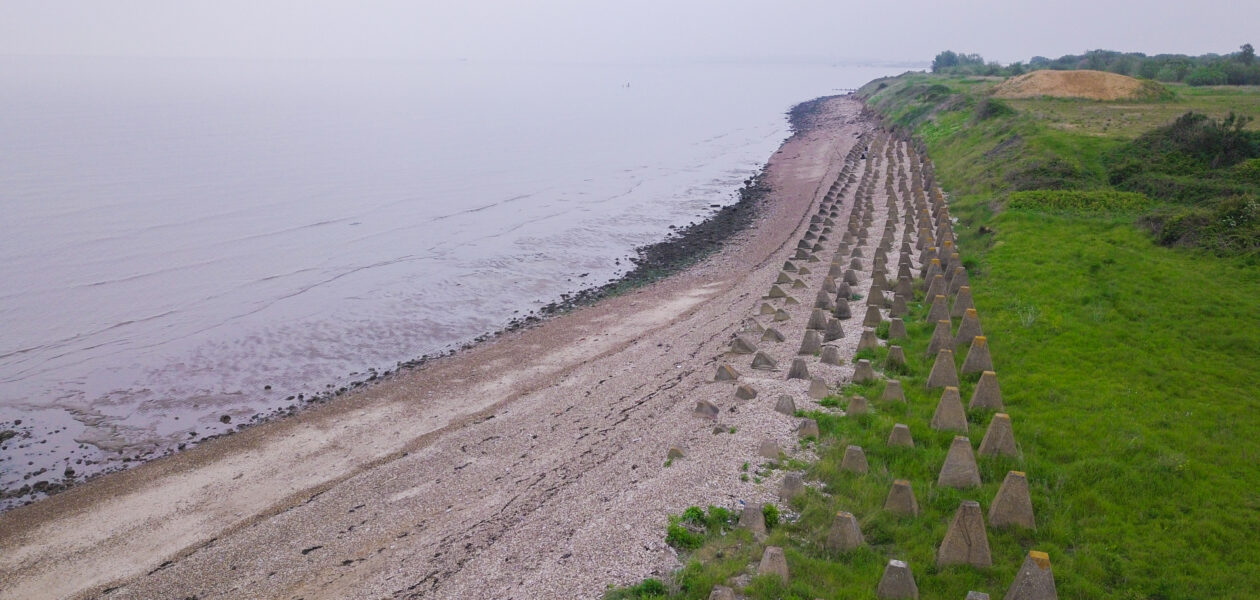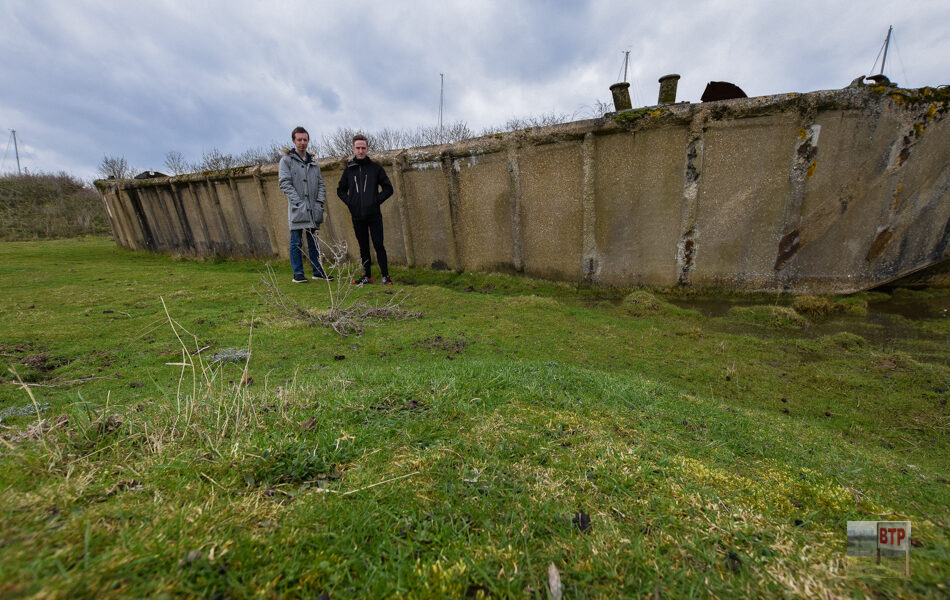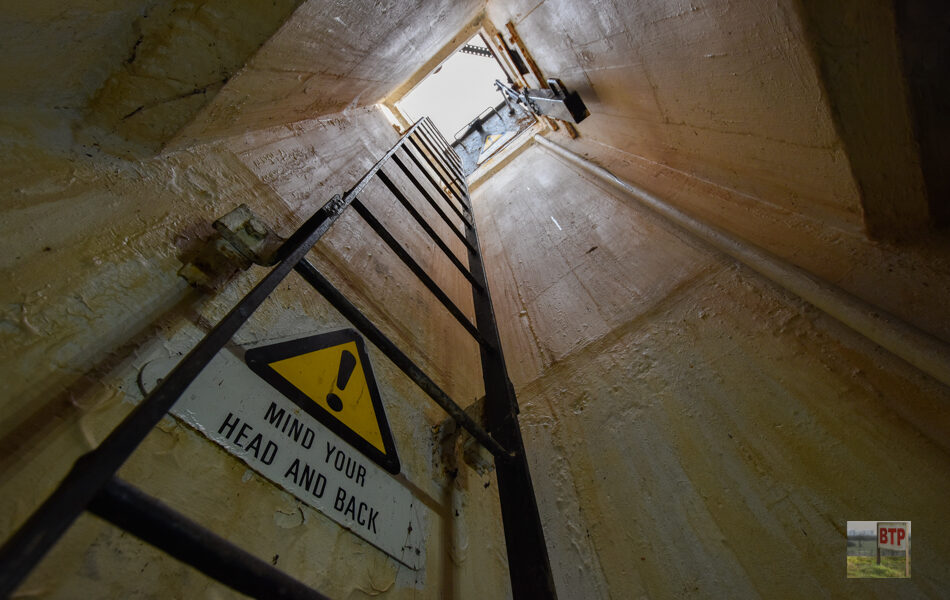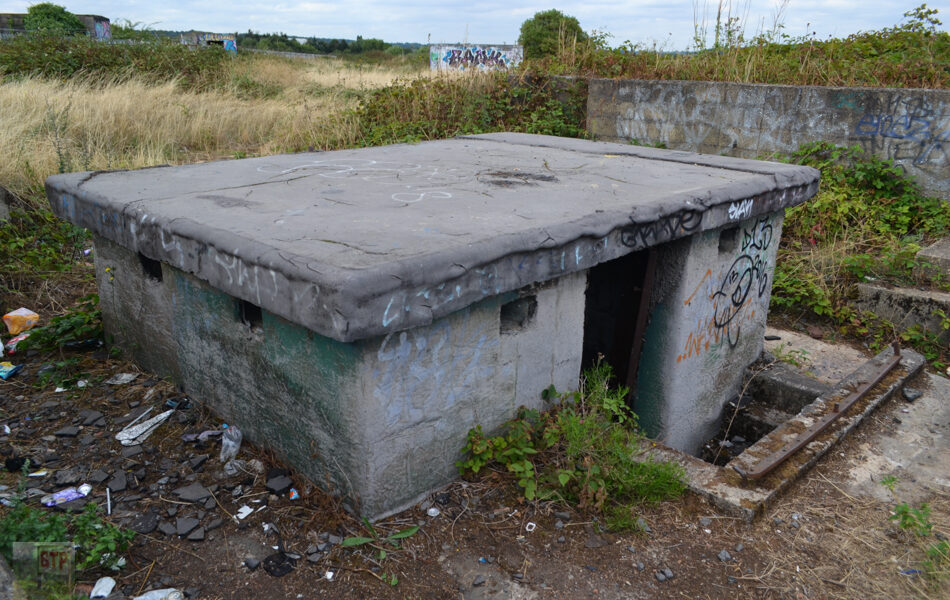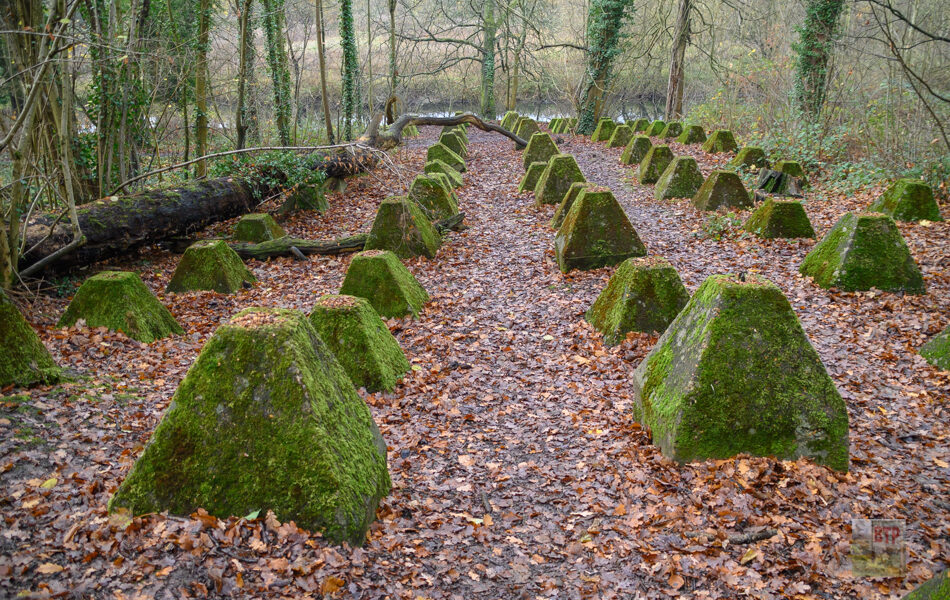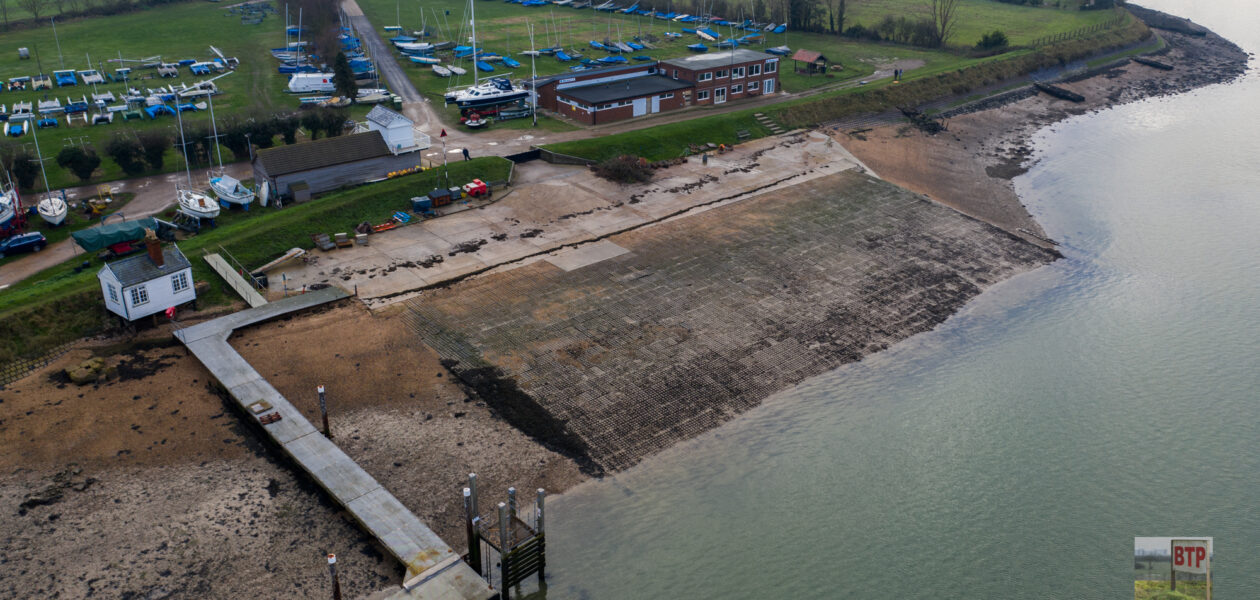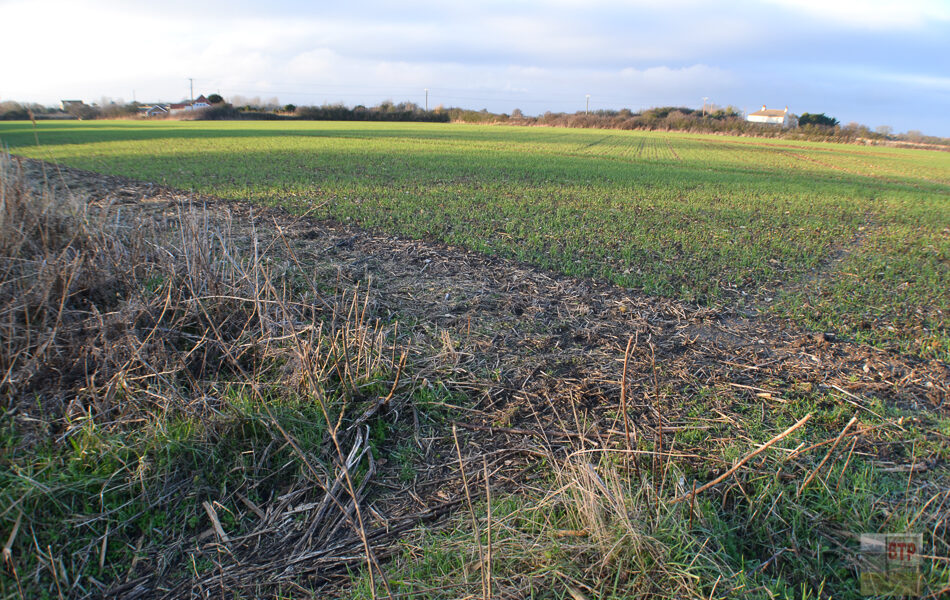Grain Beach Anti-Tank Defences
The Isle of Grain is scattered with historic remains and it’s prime location means that it would be essential for protecting the capital from invasion. During the Second World War, anti-tank obstacles were constructed to prevent any German vehicles entering British soil. Scattered along the beach at Grain, these defences have been Grade II listed…
View More
